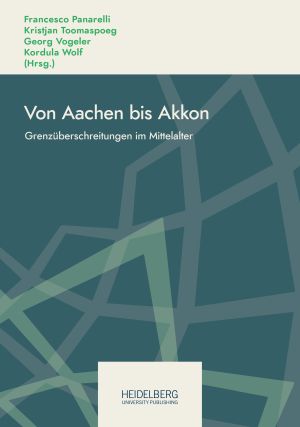Zitationsvorschlag
Lizenz (Kapitel)

Dieses Werk steht unter der Lizenz Creative Commons Namensnennung - Weitergabe unter gleichen Bedingungen 4.0 International.
Identifier (Buch)
Veröffentlicht
“Exteri” ed “extranei” nell’Italia meridionale longobarda
Abstract The chapter focuses on the conditions of immigrants in southern Lombard Italy, including in this category both the foreigner strictu sensu, i. e. of a lineage other than Lombard and coming from a foreign state (exterae, alienae or advenae gentes), and the stranger, one who permanently resides in an administrative district other than that in which he was born (extraneus). Working travelers, so to speak, were excluded from this definition, such as merchants, pilgrims and messengers – for whom exceptions were always made in different legislations, so as to allow their protection and free circulation. The status of those who settled permanently in a specific administrative district, first in the duchy and then in the three Lombard principalities, other than of origin, is outlined here. The overall legal framework of foreigner status is basically that of the „Edict of Rotari“ of 643 (chap. 367, De uuaregang), traces of which persisted for a long time in southern Lombard Italy. Furthermore, the booming rural economy of the ninth / tenth centuries allows us to detect the presence of the stranger, that is, one who moves from one administrative district to another, making a contribution to the changing economic situation, and whose condition was regulated by various princely precepts, making it possible to attract strangers, make exceptions to current legislation, set limits and impose controls on internal traffic. Documentary sources allow us to identify the existential conditions of the immigrant and to compare them with the perceptions of the foreigner provided by literary sources, in such a way as to measure the gap between reality, everyday life and the perception of the chronicler.






